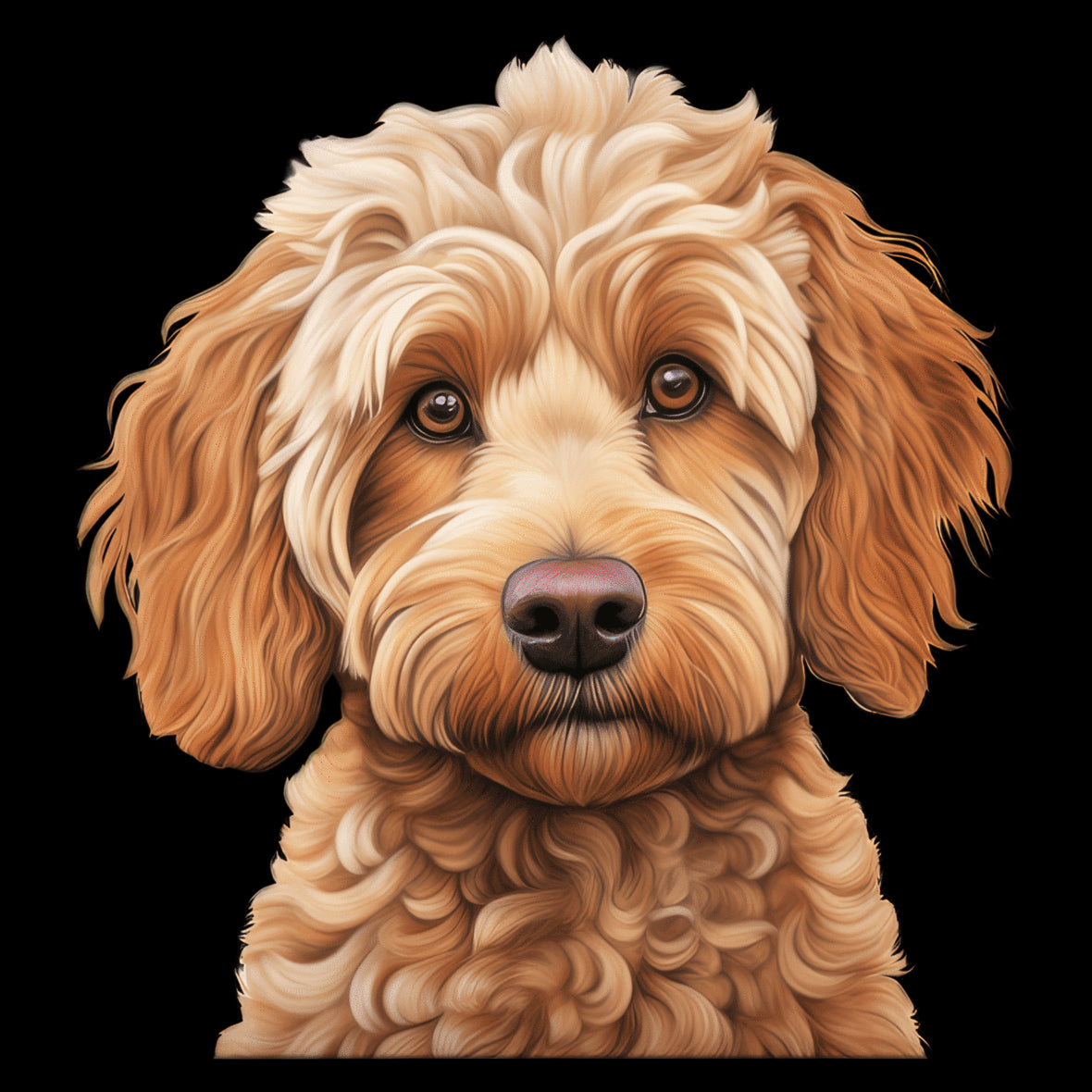Australian Cattle Dog
AUSTRALIAN CATTLE DOG
 Source: Freepik.com
Source: Freepik.comOverview
A tough dog for tough conditions, the Australian cattle dog is an extremely active and intelligent dog, thriving on having work to do and an owner to devote himself to. Bred for herding, cattle dogs also excel in canine sports such as flyball, rally, and flying disc competitions as well as agility and obedience. They form strong bonds with owners, so much so that they’ve earned the reputation of being a “Velcro” dog, attaching themselves firmly to their chosen person. This quality makes Australian cattle dogs exceptionally good guard dogs, but their natural tendency to nip can make them troublesome family pets.
- Height: up to 51 cm (at the shoulder).
- Temperament: Loyal, protective, obedient, generally friendly, but wary of strangers.
- Maintenance: low grooming needs but high exercise and companionship needs.
- Lifespan: 12 to 15 years
History
Dogs taken from temperate Europe in the early 19th century wilted in Australia’s heat. Ranchers needed a hardy dog that could work in the harsh conditions, so legend has it that Thomas Smith Hall of Queensland crossed heat-tolerant dingoes with British breeds, including smooth collies, dalmatians, and a droving dog known as the Smithfield, named after the London meat factory. Other versions of the legend exist, and many other names credited with making the crosses, but the end result after generations of crossbreeding by ranchers became the Australian cattle dog as its known today. Bred to herd semi-wild and hard to manage cattle, the cattle dog’s skill of quietly but aggressively nipping and biting at heels helped Australian ranchers to expand the beef industry.
Other common names for the breed include Australian heeler, blue heeler, Queensland heeler, or Halls heeler, with the heeler referring to the instinctive drive to herd cattle (and other animals) by nipping at their heels. Blue-coloured dogs proved popular, becoming known as blue heelers, and those working in Queensland cattle runs were named Queensland heelers or Queensland blue heelers. Originally known as Australian heelers, the official name for the breed is now Australian cattle dog.
.Size and Appearance
Australian cattle dogs look much like a native dingo, other than in colour. Coat colours can be blue or blue speckled, with tan or black markings, or red speckled. Blue speckled includes black, blue, or tan markings on the head, with areas of tan on the forelegs, chest, throat, jaw, and hind legs. The undercoat may also be tan with the outer coat blue. Red speckled is a red undercoat and outer coat, with darker red markings sometimes visible on the head.
The blue colour came from the British breeds, the red from the dingo. The Smithfield had a bobbed tail, and some cattle dogs have a stumpy tail.
Temperament
Primarily a cattle herder, the Australian cattle dog is a working dog that needs to be kept busy. Snapping and nipping at the heels of cattle is instinctive, but in the absence of ranch work, they will nip at anything else that moves – including children, other pets, and even cars. Although generally friendly, cattle dogs are very protective of their home turf and their family, tending to form a very strong bond with one family member and a lesser bond with other members of the household. They are shadow dogs, devoted to their chosen person, and needing to be with them at all times. They’re wary of strangers, and while cattle dogs raised with children and other pets, including cats, will live harmoniously with them, any moving thing from outside the household is likely to be considered fair game for chasing or herding.
Care
Training
Like any other breed, early exposure to a variety of people, other animals, and experiences will help the Australian cattle dog to develop well-rounded social skills. They are intelligent dogs with an independent streak, meaning they can be wilful at times and perhaps even stubborn when they want things their own way. It takes consistent, positive training from an early age to prevent this from becoming an issue, and also to deal with the breed’s natural tendency to bite and snap at things.
The need for careful training makes the breed unsuitable for first-time dog owners. Bred to herd, they are mouthy by nature and will instinctively nip at things, including children, even when playing. Failing to stamp out inappropriate mouthing from puppyhood could lead to dangerous behaviour in adult dogs. Chewing on toys, not living things, is an important lesson all cattle dog puppies must learn.
Health
The Australian cattle dog is tough, bred to cope with hard work in high temperatures over long distances and on rough terrain. This hardiness makes for an overall healthy dog, but the strong work ethic and ability to focus on the job in hand also makes the breed highly tolerant of pain. Care must be taken to ensure a dog is not continuing to work or compete when injured. Health conditions that may affect Australian cattle dogs include:
Interesting Australian Cattle Dog Facts
- ● Australian cattle dog pups are born white, getting their blue or red coats by the age of six weeks.
- ● The record for the oldest dog ever to live is held by an Australian cattle dog named Bluey who lived for 29 years and five months.
- ● A truly resilient and resourceful breed, an Australian cattle dog named Sophie survived falling overboard from the family boat off the coast of Queensland by swimming five miles to the shore of an uninhabited island and hunting feral goats. Eventually caught by a ranger, she was reunited with her family.
- ● An Australian cattle dog named Shadow takes the breed’s “Velcro” status to new heights – literally. He goes hang gliding with his owner, suspended in a special harness, and keeping his paw on his owner’s arm as they fly in the skies of Utah.


